JCSC
Member
I was too lazy to type undersized.Thanks I don’t feel too stupid
I was too lazy to type undersized.Thanks I don’t feel too stupid
Well I have finished the work in my 1911 and ran it thru the paces tonight. I had several jamb issues and one related to a major setback in a cartridge.
I still need to disassemble and mic components, for investigation, but I would like to know what would have happened had it chambered correctly. Would it cause a significant pressure issue?
I did several setback tests with this gun after some initial concerns and it frequently sets back .010” when you chamber one. The choice was made to limit chambering and rechambering the same round.
Need to find out what I did wrong.
View attachment 1172766
And I was too lazy to think it throughI was too lazy to type undersized.
Yep, do the test and you'll know for sure.Just a sizing die. The rest of your regular set is ok as long as the expander is not too large.
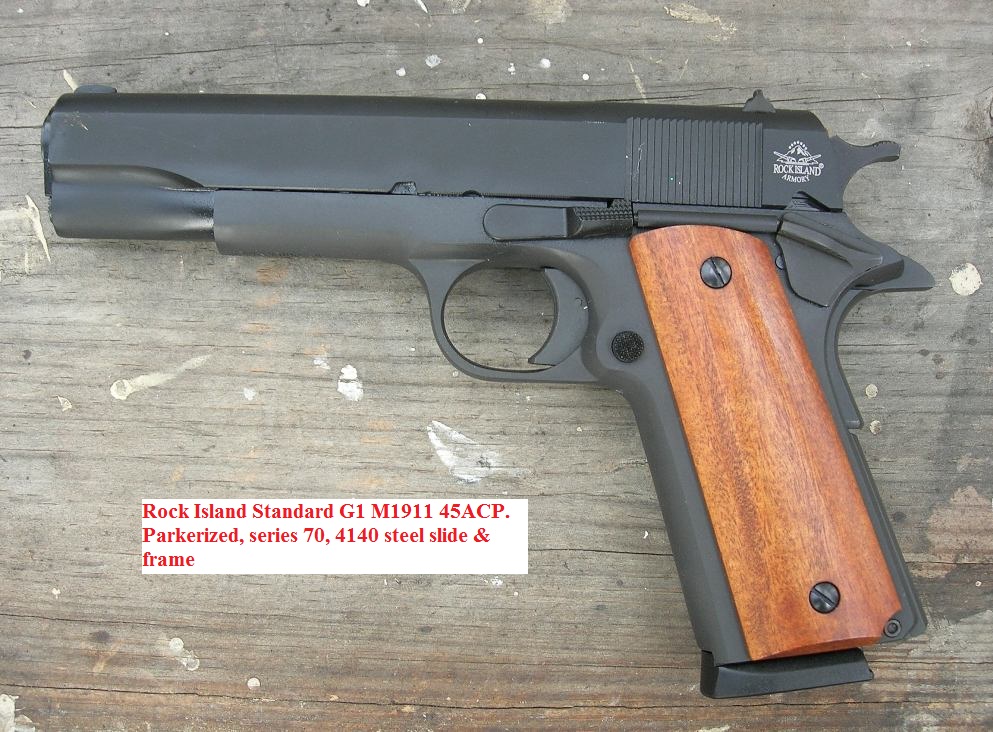

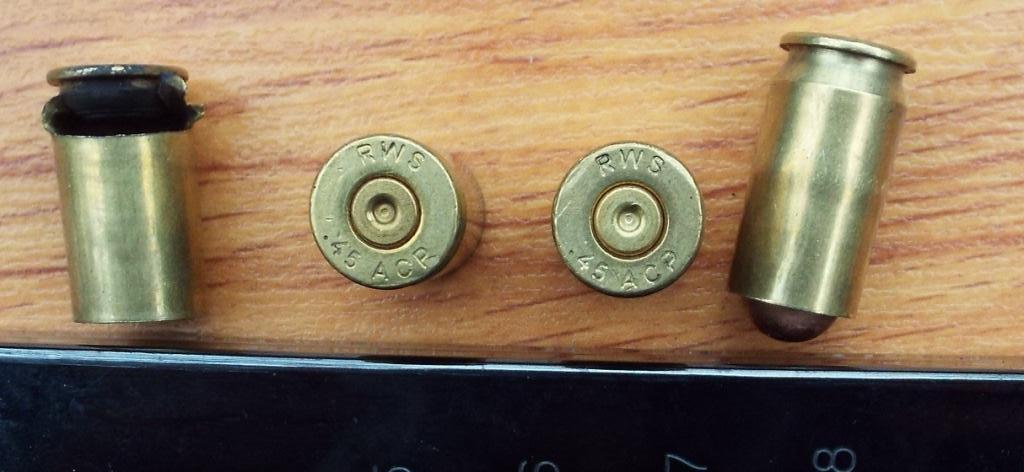
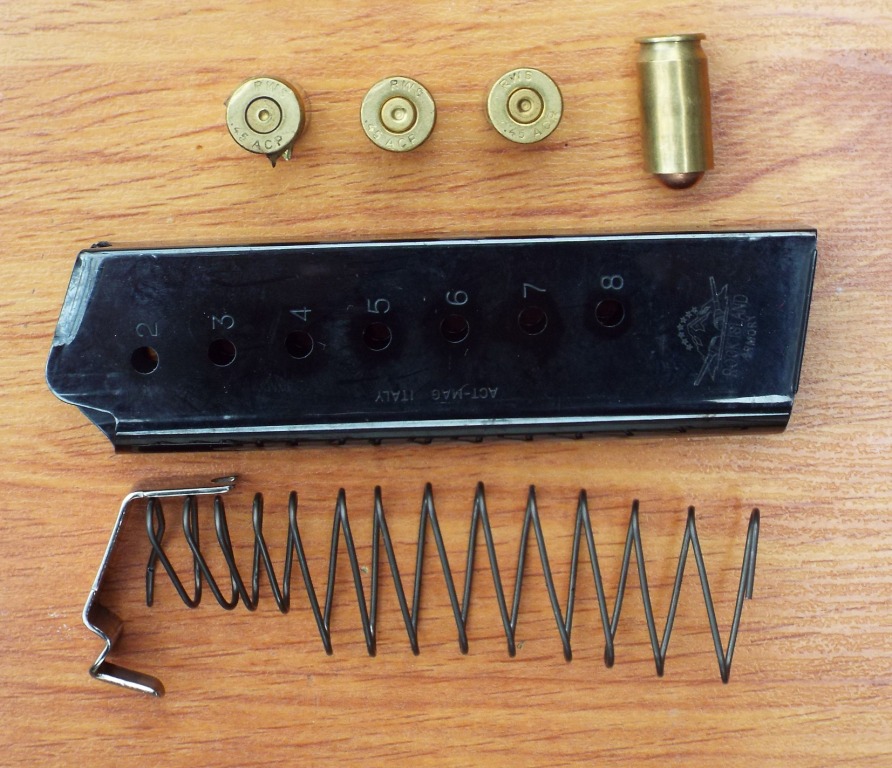
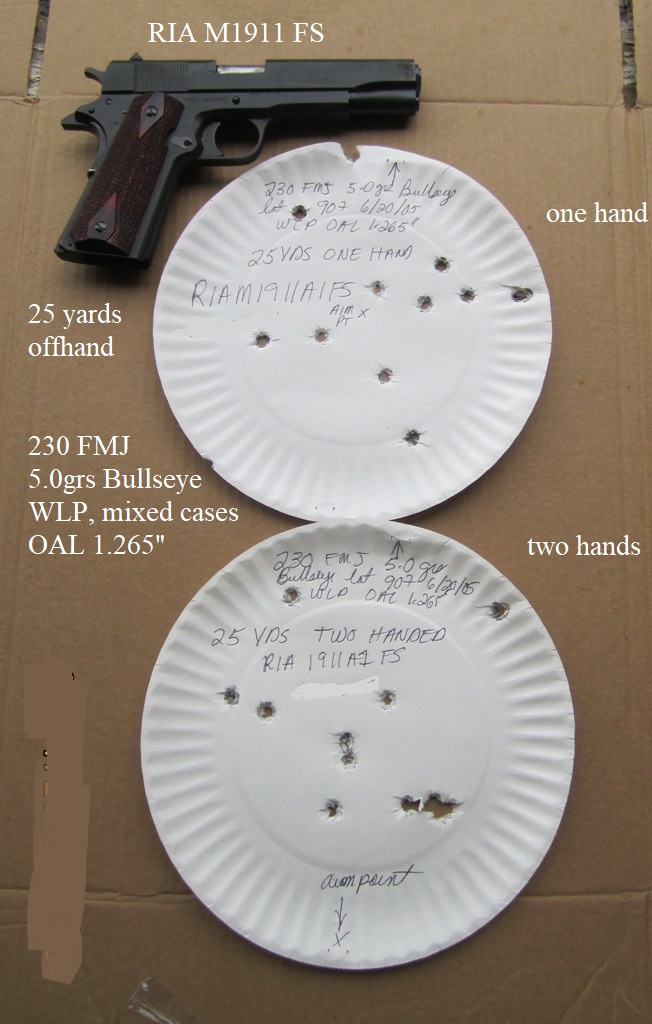
Yes, Wilson Pistol Max are cut to max chamber dims where others are cut to max cartridge dims. Chamber dims are smaller than cartridge dims. Either would have found an unsized case.Would a case gauge have caught the unsized brass?
I do not own any gauges for pistol, but I’m going to by Monday.
YepYes, Wilson Pistol Max are cut to max chamber dims where others are cut to max cartridge dims. Chamber dims are smaller than cartridge dims. Either would have found an unsized case.
I, and many on here, recommend Wilson gages.
Interesting. Was it Lee, EGW? They both advertise .003” under.I received an undersized 40 cal in a lot of stuff from a friend of mine. I compared the std to the undersized and it was 0.010" smaller. That is way too much and will over work the brass big time. I threw in the drawer and never touched it again. I see no use of anything that far undersized. I was expecting 0.003"-0.005" max.
Not sure what I would’ve done. Was it a new pistol? Used, but first time with your ammo?The magazine may be held too low, causing the bullet to hit the feed ramp. That happened to me, and the deep seating of the bullet blew the sidewall.
The first magazine release held the magazine so high, closing the slide knocked the magazine out of the pistol

Rock Island sent me a mag release that lowered the magazine. This is the first magazine release.

Oh the second magazine release lowered the magazine all right. I could feel a bump, bump as the pistol chambered each round. However, nothing bad happened until this:

gas went down the magazine well, blew out the magazine floorplate, spring, and the rounds that were in the magazine. That one on the right, gas pushed the bullet in the case!

gas also cracked a set of pretty coco bolo grips I had installed. I think it was a good thing that the magazine had a removable base, as when it popped, it probably kept pressures down. If I had a GI mag with a welded base, I might have gone home with those pretty coco bolo grips embedded in my palm. Always wear your shooting glasses! Something hit the bench, and then my jaw, and I had a bruise. Something hit the roof, maybe after hitting the bench, or floor!
These modern pistols made of 4140 survive events that would have KO'd older 1911's. The slide was jammed midway, had to hit it to get it forward. I field stripped the pistol, wiped all the powder residue out, re oiled, reassembled, and continued shooting. I eventually shot all the rest of that batch of ammunition, no problems
But thinking the blow out might be due to me, I carefully reloaded a can of ammunition, same everything, and cut the charge. Everything was good until I had another high pressure incident with the slide jammed back and the primer extruded into the firing pin hole. That decided it for me. I purchased an EGW higher magazine release. That seems to have fixed the problem, no blown case heads to date.
I will suggest, buy a set of Pachmayr rubber grips till you get this solved. Pachmayr grips have a steel mesh in them, and that may keep your palm from being pierced by grip panels if you have a kaboom like mine
And I do recommend magazines with removable bases. Might make a difference in gas venting.
Still shooting the thing, Shoots to point of aim at 25 yards with my ammunition. Don't want to send it back to the factory because I might get one that does not. New G10 grip. Grip is some laminated epoxy thing, should be stronger than wood.

The magazine may be held too low, causing the bullet to hit the feed ramp. That happened to me, and the deep seating of the bullet blew the sidewall.
Wilson Pistol Max are cut to max chamber dims where others are cut to max cartridge dims. Chamber dims are smaller than cartridge dims.
It was a Lee US die compared to a std Lee set.Interesting. Was it Lee, EGW? They both advertise .003” under.
That’s what I use but haven’t actually measured it. But as I said (and just dbl checked) on website they say it’s .003” under.It was a Lee US die compared to a std Lee set.
I don’t know how it matters either when using same standard sized expander (as I do), but it works. Might have to do with brass elasticity?I think I will pick up the Wilson gauge and make sure I size my brass!
Thankfully when I checked the lot I found no others.
I did look at underside dies and saw that it is .002-.003 smaller. Not sure how that matters when you stuff the same expander thru the case, but I will give it a try.
I took a few other loaded rounds and ran a set back test. I started at 1.25” length and lost .005”-.010 every time I chambered. I found that once the bullets reached 1.200 it would not set back any more.
I don’t think I have any other issues, aside from missing a pc of brass.
Wilson sells a few different types of gauge. I bought a max cartridge gauge, so if my ammo fits my gauge it should fit any SAMMI spec chamber. They also sell a min chamber gauge, which would be just a touch larger.I think I will pick up the Wilson gauge and make sure I size my brass!
Wilson sells a few different types of gauge.
Not sure what I would’ve done. Was it a new pistol? Used, but first time with your ammo?
I never shoot my ammo in a new pistol not that I don’t trust my ammo but I don’t want to argue with pistol maker if something happens. (Okay and maybe I don’t fully trust my ammo.)
Regardless, I might leave the gun, but keep the cannoli.



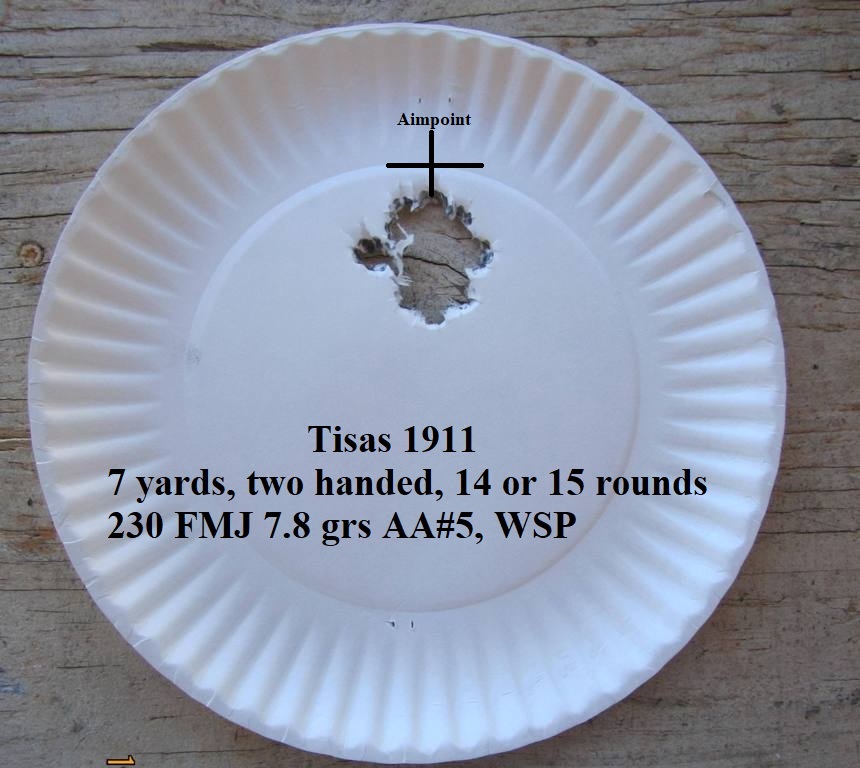


WTM (wall thickness matters)!Different thickness of brass, difference as to when taper starts and variation in length of cases all are all problems with using mixed brass and can cause different tension levels on bullets. Set dies up with the thinnest and shortest brass you have. I sort my mixed brass and try not to have mixed brass.
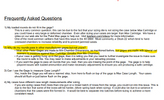
Thanks Dan.1. Try a different FL sizer
2. Try a undersized lee 45 acp sizer
3. Taper crimp should measure .468
4. Try different brass
I have never had set back issues
I use hornady xtp's .451 and 200 grain lead swc .452.
Case neck tension should hold the bullets not ceimp.
